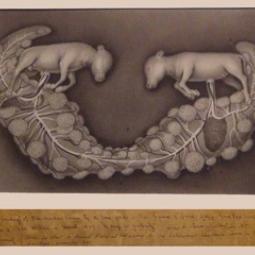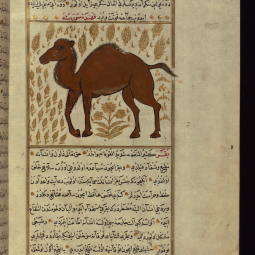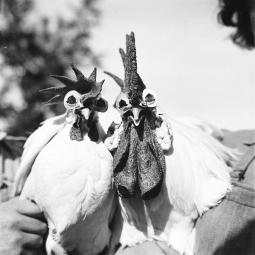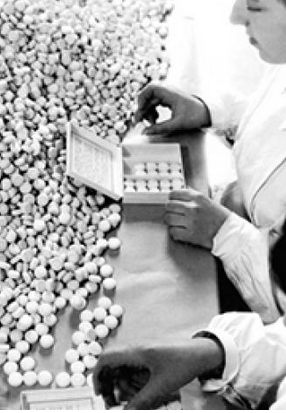Tamar Novick’s research lies at the intersection of history of technology, environmental history, animal studies, and Middle East studies. Her book, Milk & Honey: Technologies of Plenty in the Making of a Holy Land (MIT Press, 2023), examines the ways in which technology became means for erecting a mystical past in modern Palestine/Israel. It focuses on the bodies that were involved, literally, in producing honey and milk, and in the reproduction of settler populations: honeybees, cows, sheep, goats, horses, and people.
Her current fluid of fascination is urine. She explores the process by which bodily waste became central to scientific research and practice after World War I. Fountain of Knowledge focuses specifically on the centrality of human and animal urine to the reproduction sciences. More broadly, she is interested in the ways in which materials gain and lose value across different worlds of practice. Other projects deal with animal theft and with zoological collections in the Middle East.
In 2024, Milk and Honey: Technologies of Plenty in the Making of a Holy Land was awarded the George Perkins Marsh Prize for best book in environmental history. The work was also among the finalists for the 2024 Rachel Carson Prize.
Current Projects
Completed Projects
Selected Publications
Novick, Tamar (2024). “Treasures: Palestine/Israel, 1979.” In The Planning Moment: Colonial and Postcolonial Histories, ed. S. Blacker, E. Brownell, A. Nag, M. Schlünder, S. Van Beurden, and H. R. Verran, 230–234. New York, NY: Fordham University…
Read More
Novick, Tamar (2023). “Introducing Bovine Regimes: When Animals Became Technologies.” Technology and Culture 64 (4): 1027–1043. https://doi.org/10.1353/tech.2023.a910993.
Read More
Beech, Lucy and Tamar Novick (2023). “Sex Panic and the Productive Infertility of the Freemartin.” Technology and Culture 64 (4): 1071–1092. https://doi.org/10.1353/tech.2023.a910995.
Read More
Novick, Tamar, ed. (2023). Bovine Regimes: When Animals Became Technologies. Special issue, Technology and Culture 64 (4). Baltimore, MD: Johns Hopkins University Press. https://muse.jhu.edu/issue/51785.
Read More








